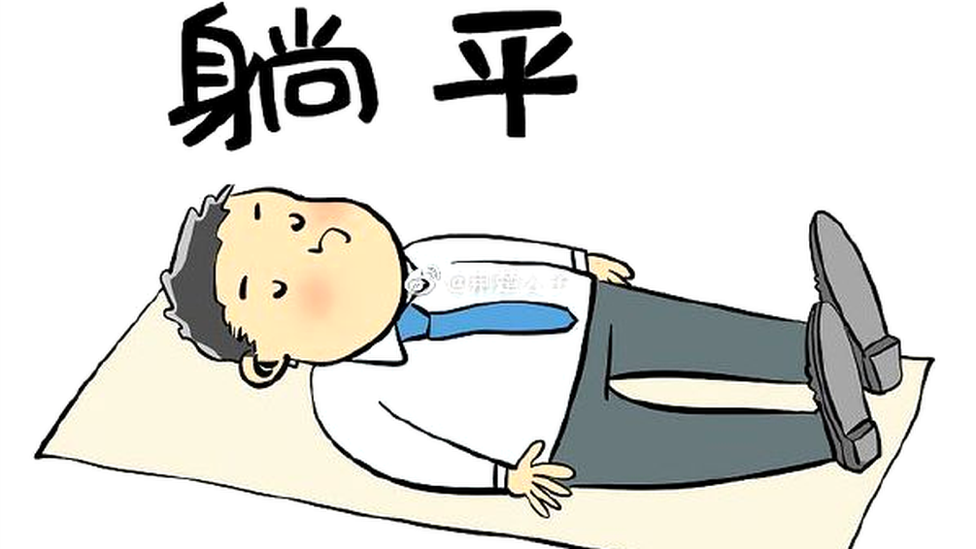If you haven’t read the story yet: Journey to the West is a classic Chinese story about a monk’s pilgrimage guarded by the hero Sun Wukong (the Monkey King). Black Myth: Wukong is a retelling that turns those trials into an action RPG. You don’t play THE Wukong, but you’re a “Destined One” earning his mantle, boss by boss. I’ll show what the game keeps, what it changes, and what new meanings it creates.

Journey to the West follows the monk Tripitaka as he travels to India to retrieve Buddhist scriptures, protected by disciples like the Monkey King. Wukong starts as a rebellious trickster with huge power and 72 transformations, then gets tamed by a magic headband and ultimately attains Buddhahood after completing the pilgrimage. The novel brings together Buddhist/Daoist ideas with monster adventures and moral tests. Black Myth: Wukong is an ARPG that exploded globally, which launched in 2024. You play as the Destined One, a monkey with a staff on a path tied to Wukong. The main arc the game gives you is collecting six relics linked to Wukong’s six senses, which reframes the pilgrimage into a personal, Buddhist-like progression system.


What the game keeps from the classic
The game keeps its imagery and powers. The long staff, cloud-like mobility, and shapeshifting all carry over. Bosses and creatures come from the text’s demon collection, and the world leans hard into Chinese temples, mountain passes, and folk-religious symbols. (It’s basically Chinese myth in a triple-A game). It also keeps its episodic trial structure. The novel’s one trial after another becomes a bunch of boss arenas and zones. The soulslike game rhythm makes the moral/spiritual tests like literal skill checks—you learn a pattern, fail, adjust, and move forward. When I read Journey to the West, the tests in the story would funnily remind me of how I felt when fighting the bosses in the game.
What the game changes (on purpose)
You’re not exactly Wukong. Making the hero the Destined One (not the big guy himself) creates distance from the trickster and makes what I see as a zero to hero/ humbler arc. It’s a way to let players earn power without rewriting Wukong’s story.
From pilgrimage to perception: Making the search for six relics about the senses is a way to focus the story on the path to becoming enlightened. Instead of escorting Tripitaka west, you’re disciplining perception itself, sight, sound, etc. It’s kind of like the journey is internal. That’s a cool thematic point the novel seeds but the game makes a big component.
Tone shift: The novel has comedy and satire. But, the game goes somber and heavy. It takes from games like Elden Ring and Dark Souls (empty roads, mysterious NPCs) to make the game and stakes feel weighty.
New meanings that show up in play:
Failure becomes doctrine: In JTTW, backslides and scoldings (the headband!) discipline Wukong. In Black Myth, however, death-learn-retry is the law. The loop teaches patience and self-regulation. To me, basically a gamer’s version of cultivation.
Individual vs. collective: The book’s team (Wukong, Pigsy, Sandy, the monk) emphasizes interdependence. However, the game trims the party down and spotlights a lone striver. This creates a different take that keeps that single-player feel while still showing the master-disciple tradition in the background.

Global reach (and the noise around it)
The game broke records at launch, with almost ~2.2M CONCURRENT players on Steam in the first day! That is extremely good, especially for a single-player game. That made Wukong a mainstream entry point to JTTW for people who’d never heard of Tripitaka or Guanyin. It also became a talking point about triple-A (high-budget) games made in China, which is a space that is known to be dominated by Western/Japanese studios. Thus, making people more open and interested in Chinese culture and future games made by their studios.

My read on why this retelling works
I like that the game doesn’t just reenact the scenes chapter-by-chapter. Instead, it builds a playable scene out of JTTW’s ideas (discipline, illusion vs. insight, transformation) then lets you discover them at your own pace. Making us the Destined One also avoids the Wukong is OP (overpowered, because he’s immortal and extremely strong) problem and keeps growth meaningful. In other words, Journey to the West becomes less of a map and more like a lens. This can also spark curiosity in players to learn more about the JTTW and Chinese culture in general. Personally, I believe it’s essential for everyone’s growth and mutual understanding that we learn about and appreciate all cultures. I like that the game pushes that.












































